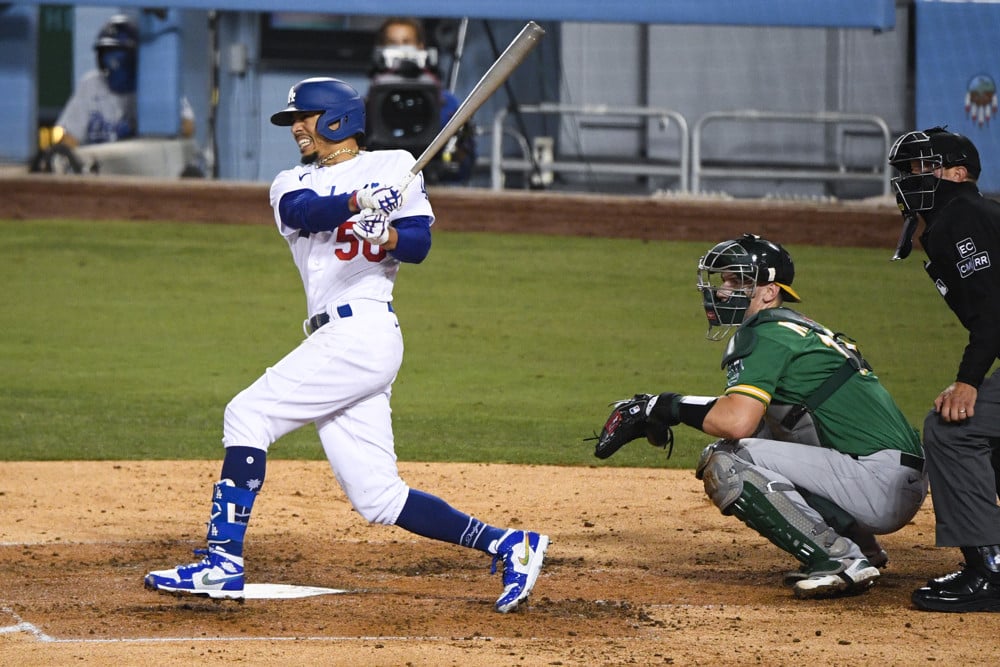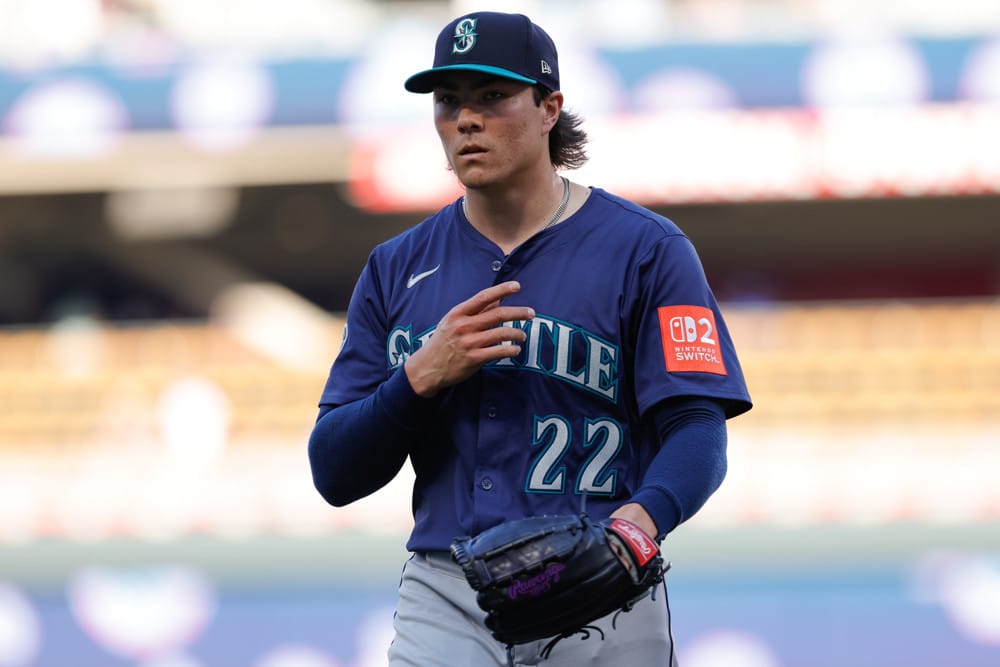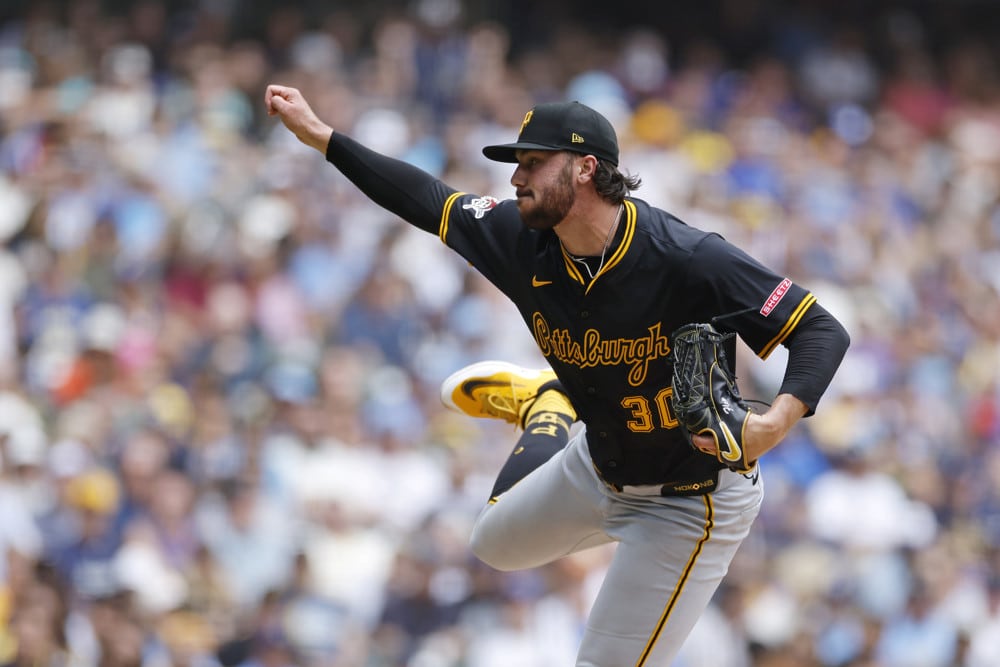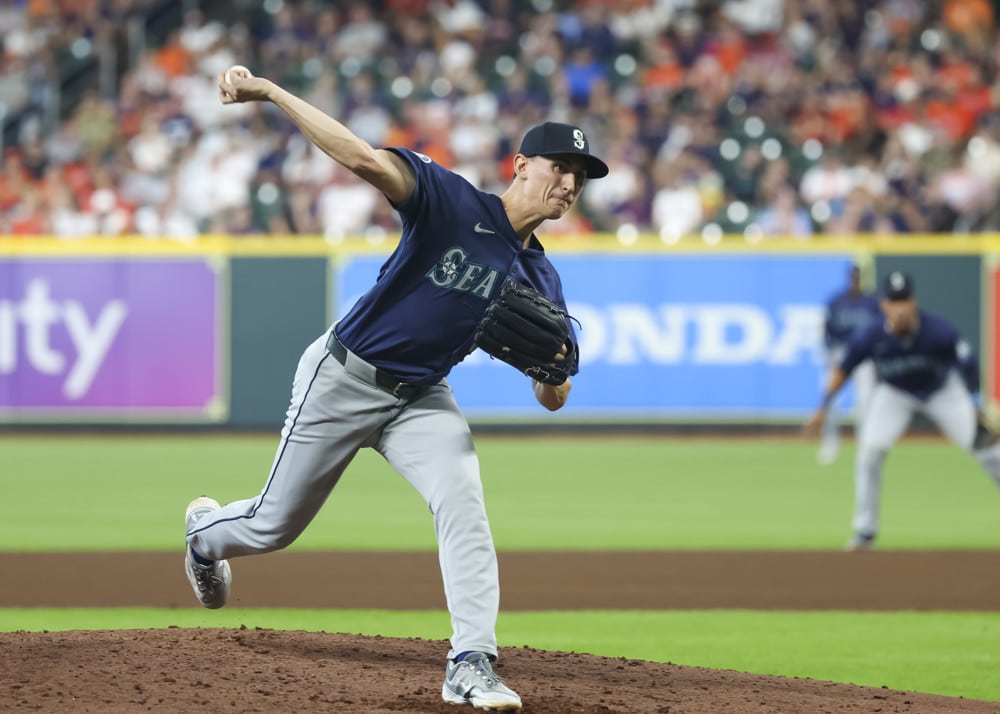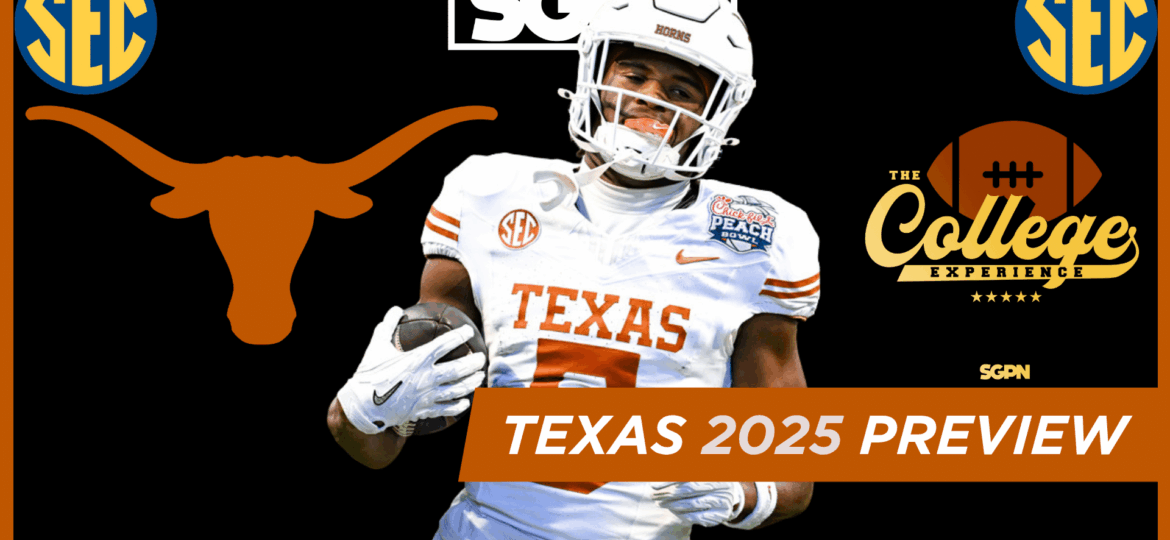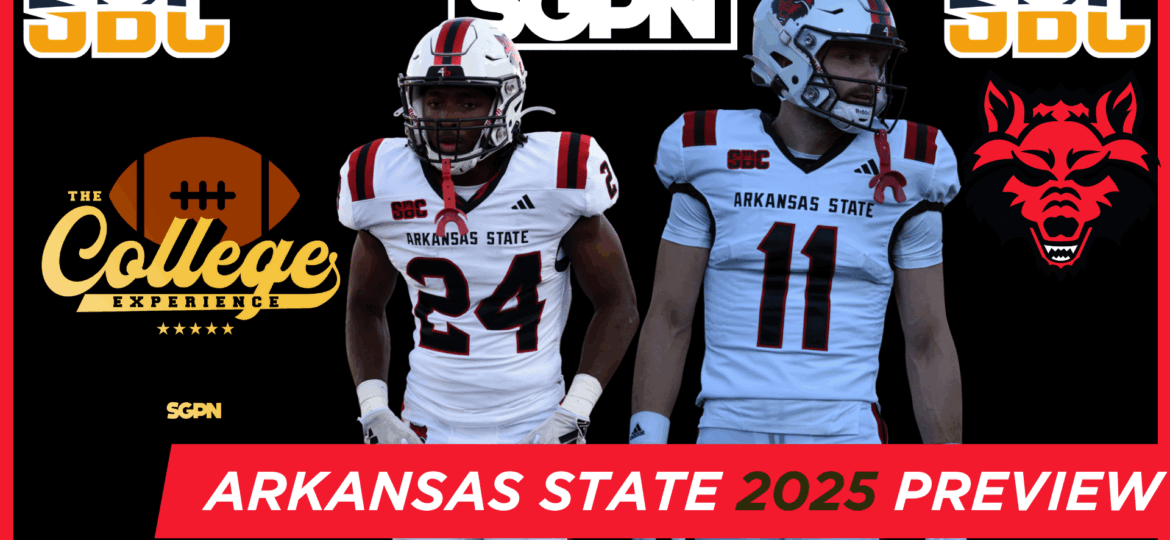Several metrics are fundamental to assessing plate discipline. Among the most discussed are O-Swing% and Z-Swing%. These measure how often a batter swings at pitches outside the strike zone (O-Swing%) and inside the zone (Z-Swing%). A low O-Swing% is often associated with a selective batter, leading to a higher walk rate, as they avoid chasing pitches outside the zone. Conversely, a high Z-Swing% suggests a willingness to swing at strikes, which can keep the strikeout rate lower by ensuring that pitches in the strike zone are attacked.
Another vital metric is SwStr%—the percentage of pitches a batter swings at and misses. SwStr% is highly correlated with strikeout rates; hitters with a high SwStr% tend to strike out more frequently. A player with a 15% SwStr% is generally more likely to struggle with strikeouts than an 8% rate. While SwStr% highlights a batter’s vulnerability to swinging and missing, it doesn’t directly correlate with their ability to draw walks.
Contact Rates and Their Role
Contact rates provide further insight into how batters manage the strike zone. Metrics like Contact%, which measures the frequency of contact when a batter swings, and Z-Contact%, focusing on contact within the strike zone, reveal a batter’s ability to put the ball in play. Higher contact rates are often indicative of hitters who avoid strikeouts by making consistent contact, even if they lack the power or patience to take a walk.
When O-Contact% – contact on pitches outside the zone – is added into the mix, it can be particularly revealing for understanding strikeout tendencies. A batter with a high O-Contact% may still struggle with walks, as they tend to swing at pitches outside the zone, making weak contact rather than letting those pitches pass for potential walks.
Walk Rate and Selectivity
Metrics like BB% (walk rate) and Pitches Per Plate Appearance (P/PA) are critical in evaluating a player’s patience. Hitters with a high BB% typically show strong plate discipline, taking advantage of pitches outside the strike zone to draw walks.
P/PA serves as a proxy for patience, reflecting a batter’s ability to extend at-bats and force pitchers to throw more pitches. However, high walk rates do not always equate to disciplined hitting. Sometimes, a high walk rate can result from a batter’s tendency to take too many pitches, even those that might be hittable, indicating a passive approach rather than a keen batting eye.
Strikeouts: The Battle Against Whiffs
Strikeout rates (K%) are heavily influenced by SwStr% and overall contact rates. A batter who consistently makes contact within the zone is more likely to limit strikeouts, while those with high swing-and-miss tendencies face a steeper challenge. This balance between aggressiveness and caution is delicate; a hitter who swings frequently at pitches in the zone can keep their strikeouts down but might risk lower walk rates if they do not show enough patience.
Metrics like First Strike% (F-Strike%)—which measures how often a batter sees a first-pitch strike—play a subtle yet significant role in determining strikeout and walk rates. Batters who often find themselves behind in the count, starting 0-1, can be disadvantaged, as pitchers can exploit these situations to induce more strikeouts.
Such details are not just academic; they hold real-world implications for betting strategies. Sportsbooks often factor in strikeout rates, contact rates, and related metrics when setting odds for player performances. For betting fans, analyzing these statistics can be the difference between a winning bet and a loss. Those looking to enhance their success rate in betting can use promotions like the Betmgm bonus code to gain extra value when placing bets.
The Relationship Between Walks and Strikeouts
Despite often being considered opposites, walks and strikeouts are not always inversely related. A batter who swings selectively might rack up walks without necessarily avoiding strikeouts. For instance, a player could take borderline pitches that lead to both walks and deep counts, but this patience can sometimes result in more strikeouts as pitchers attack aggressively when they fall behind. Similarly, a hitter with a high contact rate might avoid strikeouts but also lack the patience to draw walks, as they put the ball in play early in the count.
The metrics illustrate that walks and strikeouts arise from different elements of plate discipline. Walks are closely tied to selectivity and patience, while strikeouts hinge on contact ability and swing decisions. A player’s ability to blend these aspects often defines their overall success at the plate.
Summary
The metrics behind walks and strikeouts tell a complex story about a batter’s approach at the plate. Understanding a hitter’s tendencies, from SwStr% to P/PA, allows teams and analysts to paint a fuller picture of their strengths and weaknesses. While raw power and batting averages catch attention, the subtle art of plate discipline often underpins sustained success. The ability to balance patience with aggressiveness turns a good hitter into a great one, defining the boundary between a patient hitter and a strikeout-prone slugger.


